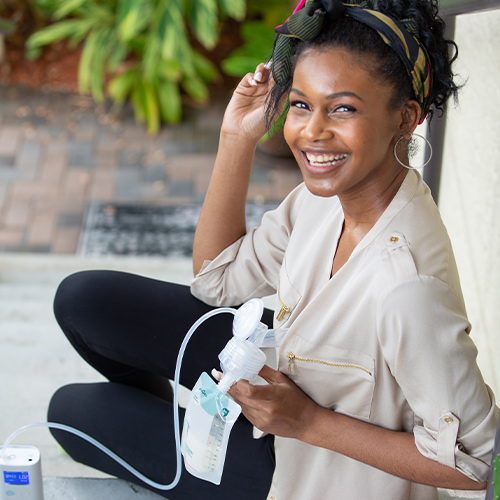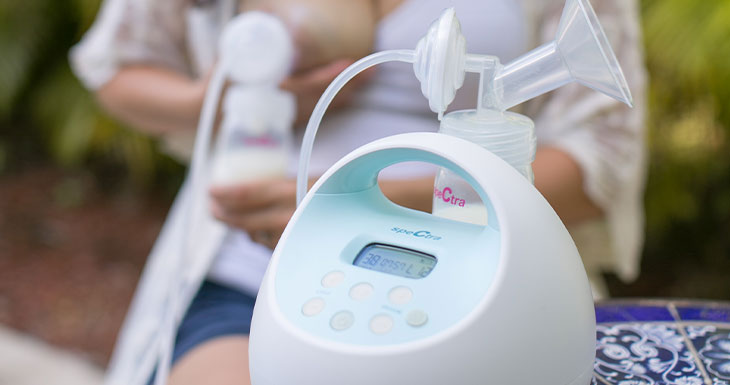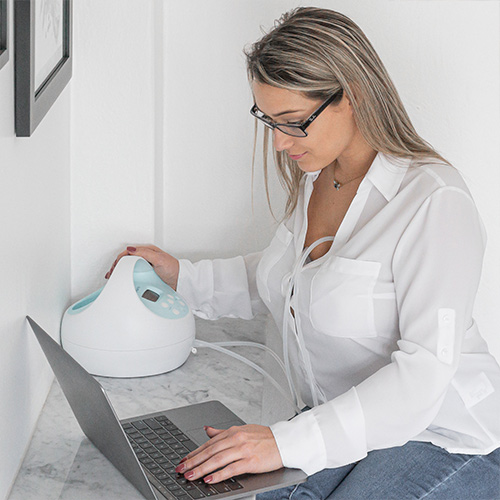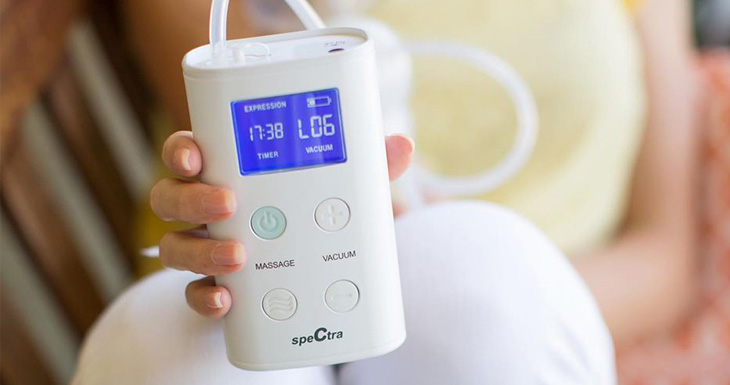HypnoBirthing for Childbirth, Breastfeeding & Beyond
By Patty M. Castellanos, LMHC, CHT, HBCE
You’ve heard the stories from your mother, sister, friend, or even that mom you don’t know, but she’s in a Facebook group you’re a part of. You’ve seen the movies; Hollywood loves dramatic birth scenes. Your provider may have even talked to you about what birth is like. Perhaps you have even had a birth experience yourself, which left you wondering if pregnancy and birthing could be different.
Mothers have been conditioned to believe that excruciating pain is associated with labor, and because of this, women often hold a deeply rooted fear of giving birth. This intense fear may cause their bodies to become tense, and that tension prohibits their bodies from quickly allowing the body to function as it is intended to. This leads to what many fear most – long, painful birthing, unnecessary interventions, and feelings of failure or inadequacy.
I became a HypnoBirthing educator after experiencing an empowering birth experience with my daughter, as a Vaginal Birth After a Cesarean. This led me to believe that our bodies were designed to release, heal, relax, focus, surrender, and trust that my baby and body work together in harmony for birth.
HypnoBirthing is a childbirth education method that emphasizes the use of self-hypnosis, guided imagery, and relaxation techniques to reduce fear, anxiety, and childbirth discomfort. HypnoBirthing is a method for all mothers and birthing couples, those seeking the calm confidence to give birth as calmly, safely, and gently as possible, in a hospital, a birthing center, or at home. This method is beneficial for mothers seeking natural unmedicated birth, medicated birth, cesarean section birth, or elective or non-elective. Mothers of all walks of life, birthing alone or with a birth companion, benefit from dispelling deeply rooted myths of birthing and discovering that they are capable of giving birth in a very different and empowered way. From healthy, low-risk women to women who need medical assistance or interventions due to particular circumstances, they learn to eliminate the fear-based stories, myths, and the words of well-intentioned people, and they are guided to see birth as normal, learn to trust that their bodies how to birth in a calm and gentle way.
So now you may be wondering what this really looks like in practice:
✔ Confidence-building classes are hosted in a series of five, 2.5-hour classes, once a week, providing a thorough yet simple to follow program of guided relaxations, hypnosis, and education.
✔ The five-week series includes a HypnoBirthing® the Marie Mongan Method book, Spiral Workbook, Relaxation Audios, and everything you need to know to create an amazing birthing experience.
✔ When giving birth with HypnoBirthing, just as with the practice, a mother is not in a trance or asleep but instead in a state of deep focused relaxation—awake, aware, and fully in control, as she impacts her subconscious mind towards release and trust.
✔ Mothers and birth companions learn through a process of special breathing, relaxation, visualization, deep intentional bonding practice, attention to nutrition, and positive body awareness. Through this, it encourages communication, mutual respect, and understanding for the mother, the birthing family, and the care provider. This, in turn, allows the mother to remain in complete trust and confidence.
✔ Mothers and the birth companion are encouraged to bond with their babies. For some, this time is the first time in their pregnancy that they deeply connect and communicate with their baby and a team.
✔ Mothers learn what makes labor hurt, or what’s called the cycle of Fear-Pain-Tension, but more importantly, they learn the reasons behind why labor doesn’t have to hurt and what they can do about it.
✔ Mothers and their birth companions learn how past learning, programming, fear, and anxiety affect their mindset and how it affects the body’s physical and chemical processes. In other words, we break down the fight, flight, or freeze response and replace it with calm, confident relaxation.
✔ The HypnoBirthing techniques are practiced in class. Then they continue the practice in what I call the white space of change between classes, where the deep transformation and mindset shifts occur. As they listen to the Affirmations and Relaxations, their subconscious mind shifts limiting beliefs or negative thinking to thinking that is calm, confident, and surrendering to the breath and purpose of birth.
This mindset and practice extends to breastfeeding and the bond of a mother and child through their feeding relationship. Mothers receive basic breastfeeding education and are guided to understand how relaxation supports milk production and a mother’s bond to her baby using the same calm breathing exercises they learned for birthing combined with Breastfeeding Affirmations.
The overall effect of practicing the HypnoBirthing techniques is that the birthing mother and others supporting her can better appreciate the benefits of calm, gentle birthing, clear open communication, and instinctive bonding. HypnoBirthing can make the childbirth experience a more trusting, relaxed, and joyful one for mother, baby, and others involved—benefits that can last a lifetime.
You are Greater than your Story…
Connect with Patty at www.theexpressioncenter.com to inquire about HypnoBirthing virtual classes and to learn more on how this affirming relaxation technique can support your individual goals for birth and journey through motherhood.
Source:
Victoria J. Madden, BSc, Daniel S. Harvie, PhD, Romy Parker, PhD, Karin B. Jensen, PhD, Johan W.S. Vlaeyen, PhD, G. Lorimer Moseley, PhD, Tasha R. Stanton, PhD, Can Pain or Hyperalgesia Be a Classically Conditioned Response in Humans? A Systematic Review and Meta-Analysis, Pain Medicine, Volume 17, Issue 6, June 2016, Pages 1094–1111, https://doi.org/10.1093/pm/pnv044










